
Greetings Friends, This monthly newsletter (No. 52) includes: federal election, value of birdwatching, art and nature, quiz, plants and wildlife.
1.0 Federal election 2025
Cost of living and housing affordability are pressing concerns in Darwin. Relocating and rescoping the Lee Point defence housing project would clearly benefit Darwin. An independent evaluation is urgently needed to select the best location(s).
FLP and PLan surveyed Solomon and NT Senate federal candidates on whether they would support independent evaluation of other locations if they were elected – a summary of their responses is at: Which NT federal candidates care about Lee Point.
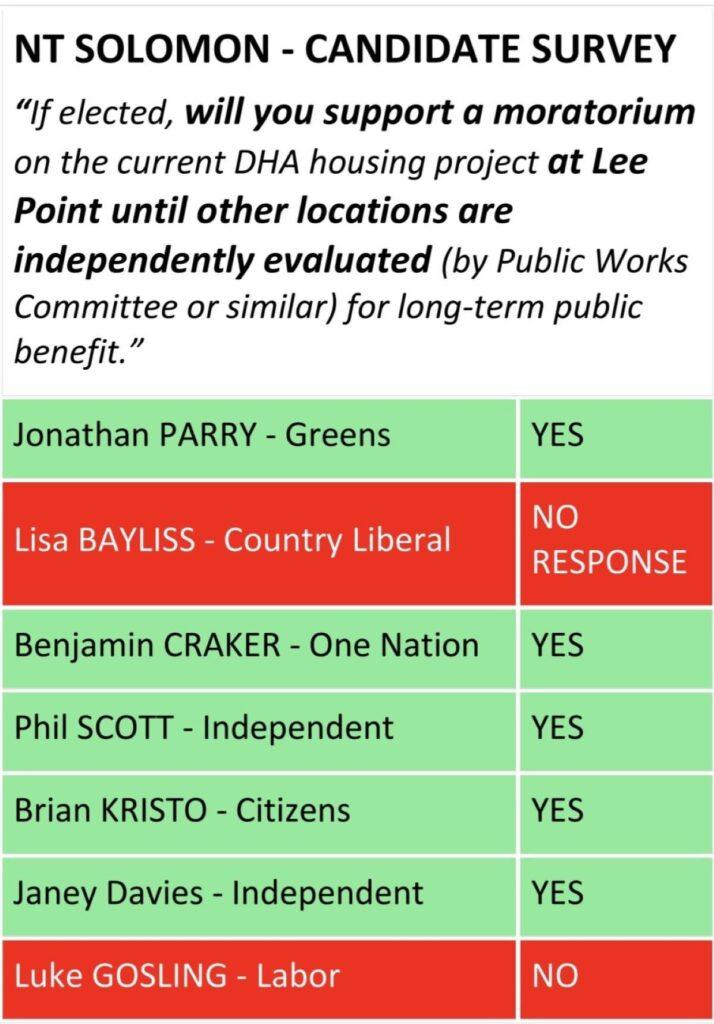
Fig 1 – Excerpt from the Solomon candidate survey in ballot form order.
The major parties have failed at Lee Point/Binybara:
- 2015 – CLP approved the Lee Point Area Plan. This plan that was created by the developer (DHA) to allow the development to proceed – a clear conflict of interest.
- 2016 to present – Labor has permitted the defence housing project to proceed at Lee Point without any sound evaluation of its public benefits. No reports are available that justify having this project at Lee Point.
An independent evaluation is urgently needed that looks at other locations – refer relocating and rescoping the Lee Point defence housing project.
Rush Hour Wave – Come and join us 7.30am Tuesday 29 April, for details refer POST. Its about welcoming the morning traffic with signs and having some fun.

Fig 2. Rush Hour Wave, outside MLA Justine Davies office in Millner, 22 April.
2.0 Value of birdwatching
International visitors to Australia spent $2.6 billion in 2024 on birdwatching. Sounds good? Not really.
In the US, birdwatchers spent over $150 billion AUD in 2022 – refer Jan 2025 newsletter.
People in the US spend a lot more on birdwatching than in Australia, even allowing for:
- Population – US has 13 times the population of Australia.
- Bird species – US has 1.2 times more bird species than Australia (or 5 times the bird species of Lee Point), but a lot less endemic birds (not found elsewhere).
- Non-arid land area – US has 2 times the non-arid land area of Australia.
All this indicates that birdwatching in Australia (and Darwin) is very much undervalued. Revenue from birdwatching activities in Darwin is largely unknown.
Evaluating the potential economic benefits (with future marketing) for Darwin from having more interstate and overseas visitors going birdwatching would be a worthwhile exercise.
Darwin’s birds are under threat – Ornithologist Dr Amanda Lilleyman talks about the threats endangered migratory shorebirds face at Lee Point and Middle Arm from development in this recent Shorebird video
3.0 Art and nature
Lee Point/Binybara Camp 27 Apr – Welcome the Dry Season – 5pm Sunday, Osprey Tower (south of Lee Point caravan park), Lee Point. Should be fun, check Friends of Lee Point Facebook for further details.

Fig 3. Flyer from Facebook
Lee Point/BInybara Art – Ellyane Wall is holding a solo exhibition entitled “Binybara Bear Witness” at Untitled Gallery – 85 Dick Ward Drive, Coconut Grove from 4-26 April.
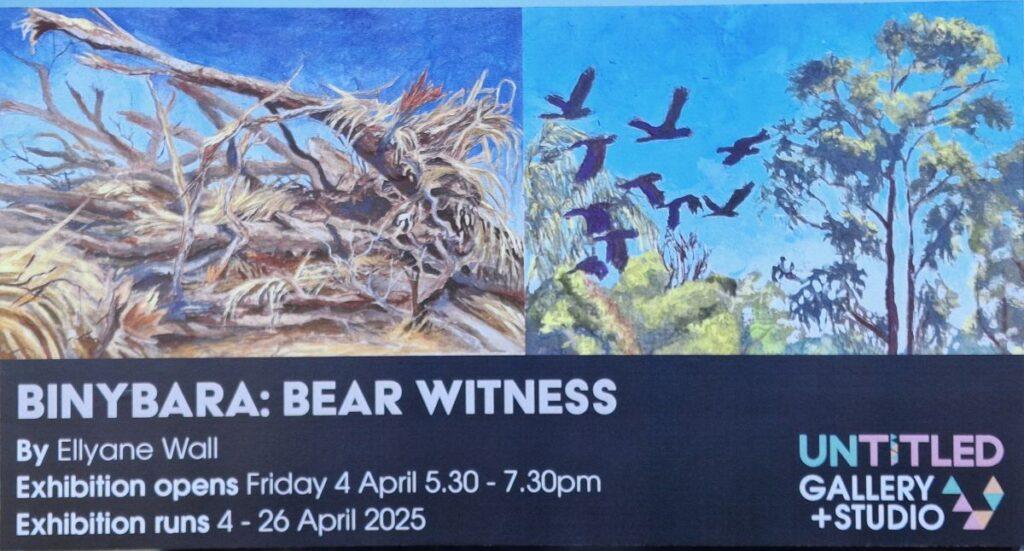
Fig 4. Flyer
Had enough of the federal election? In 2025, Darwin and Palmerston will be participating in the City Nature Challenge (Bioblitz) for the second time. It involves ~700 cities around the world and runs from 25-28 April. Check out City Nature Challenge
4.0 Quiz
Q1 Dinosaurs first appeared 230 million years ago. When did dragonflies first appear?
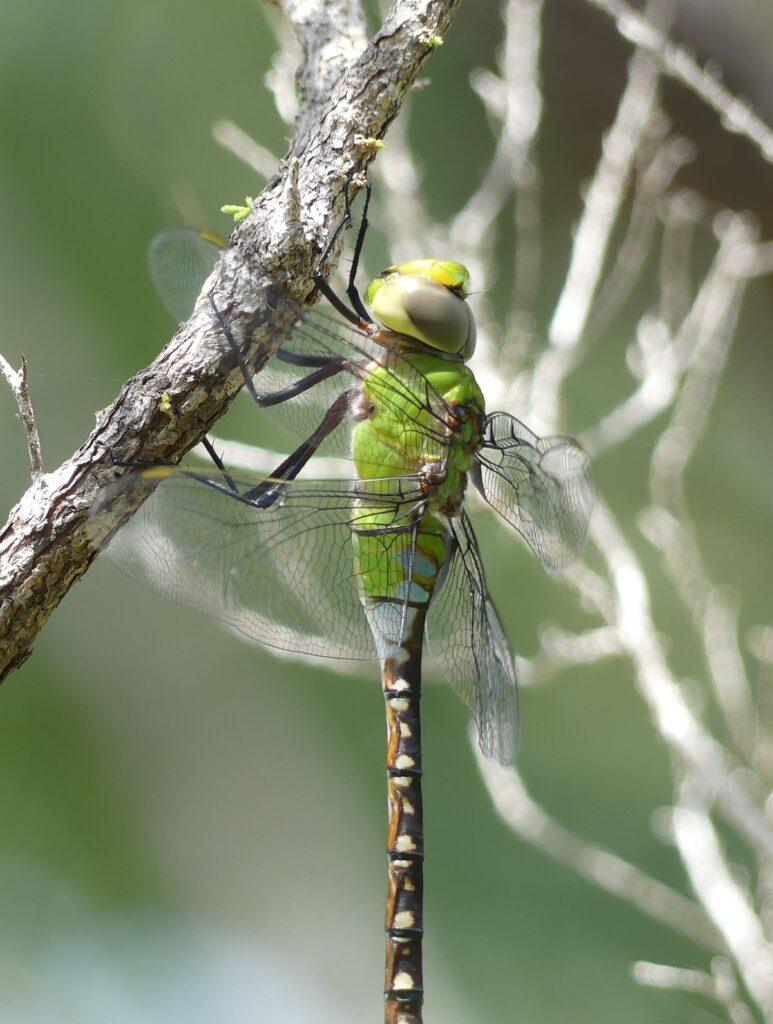
Fig 5. Large dragonfly (Anex spp.) at Lee Point.
5.0 Plants and Wildlife
Recent images from Lee Point.
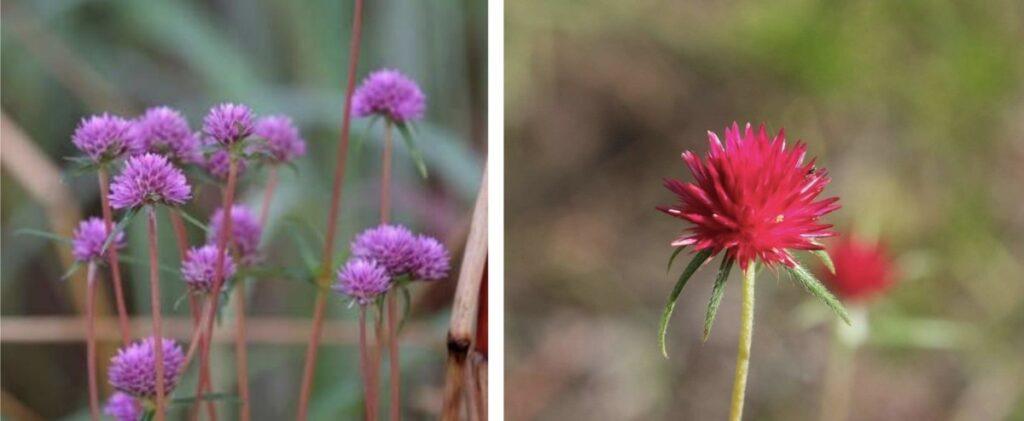
Fig 6. Gomphrena spp.

Fig 7 Hypoestes spp.

Fig 8 Spotted Rustic (or Common Leopard) Butterfly.
Favourite Food: Nectar
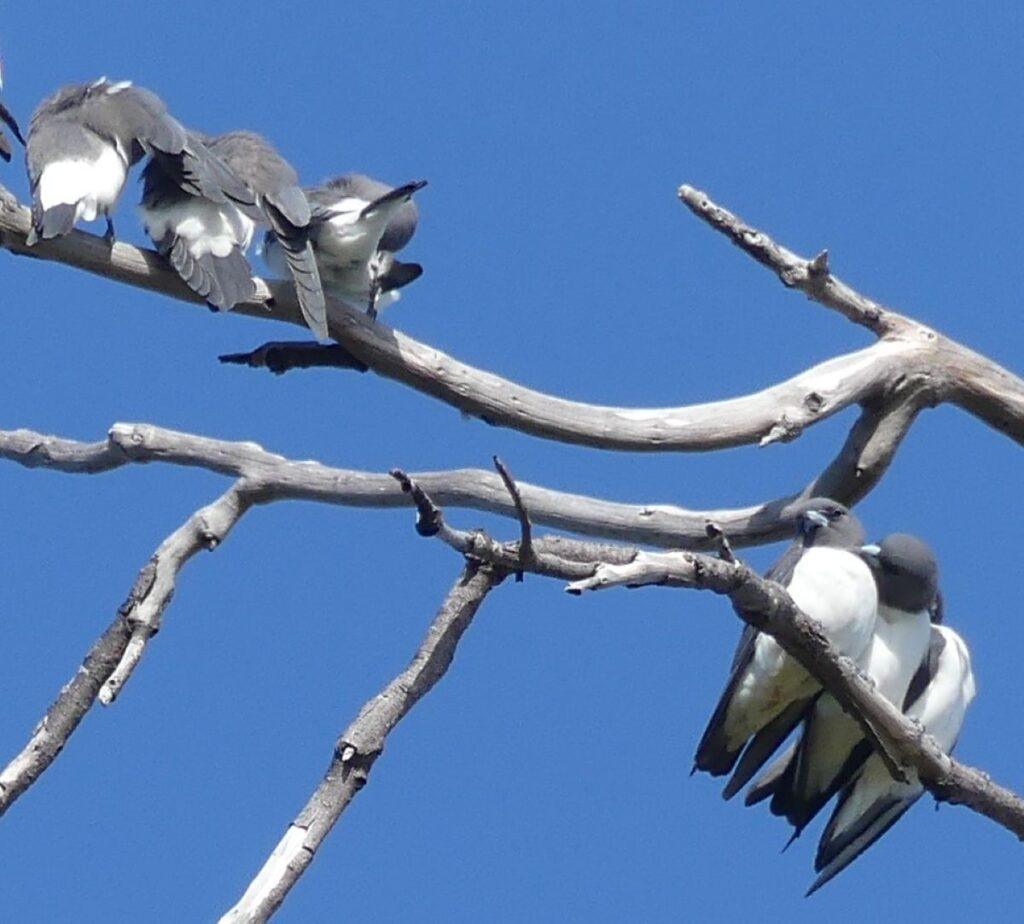
Fig 9 White-breasted Woodswallows
Favourite Food: Flying insects, including dragonflies.
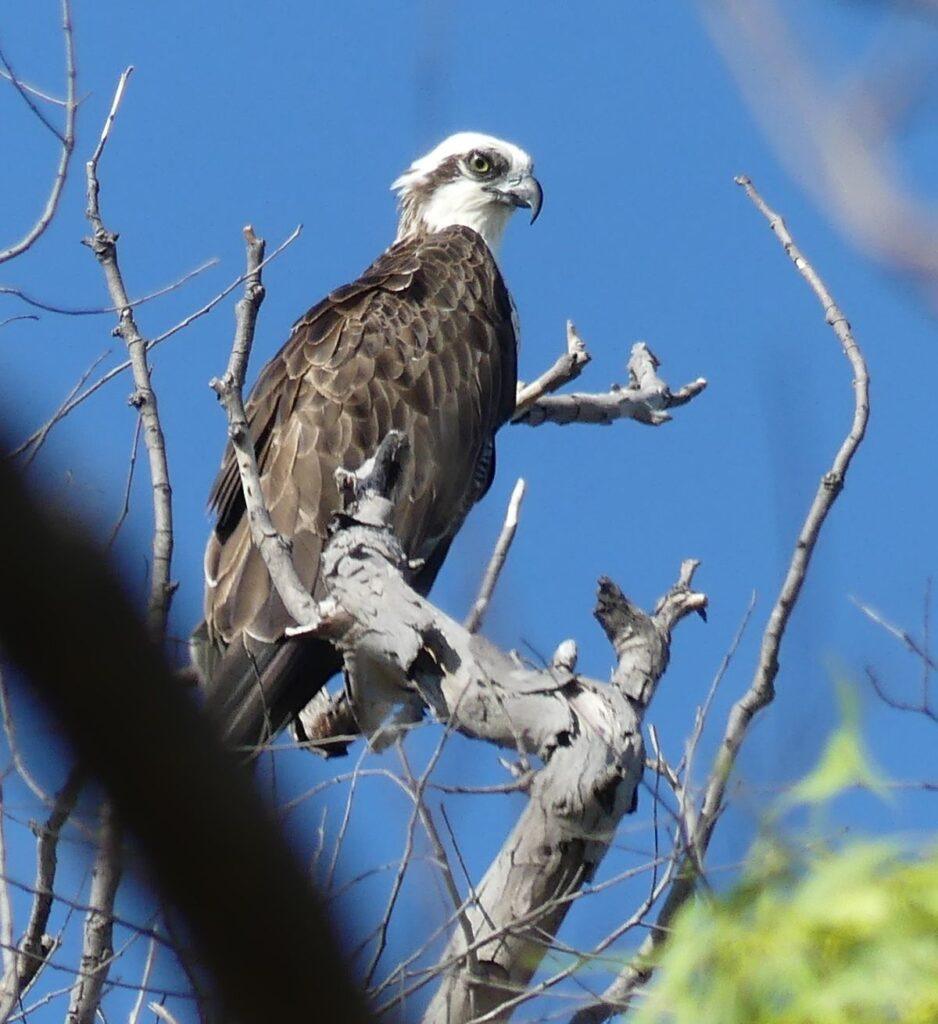
Fig 10. Osprey
Favourite Food: Fish
Wilderness Walks
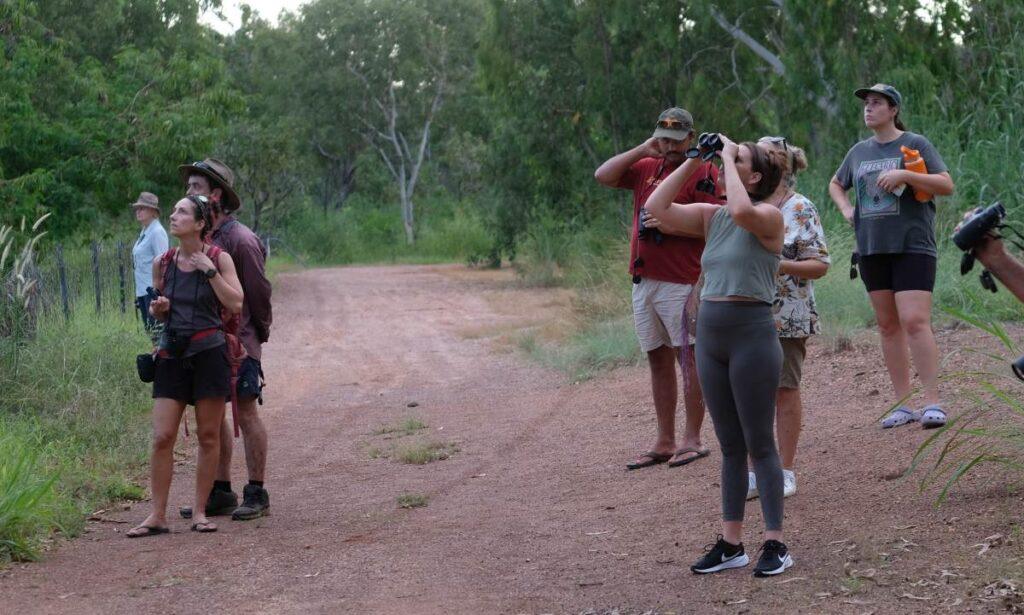
Fig 11. Wilderness Walk, 20 April 2025.
Wilderness Walks record between 25 to 50 bird species(depends on time of year), refer ebird for latest sightings. Please check Friends of Lee Point Facebook for times.
Enjoy the coming dry season
Answers to Quiz
Answer Q1 – roughly 300 million years ago
Favourite food: Flying insects
Here are 14 fun dragonfly facts